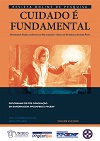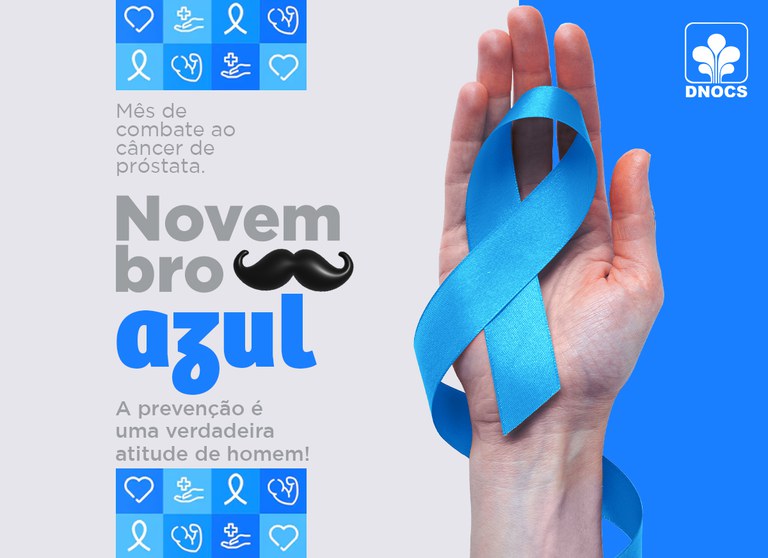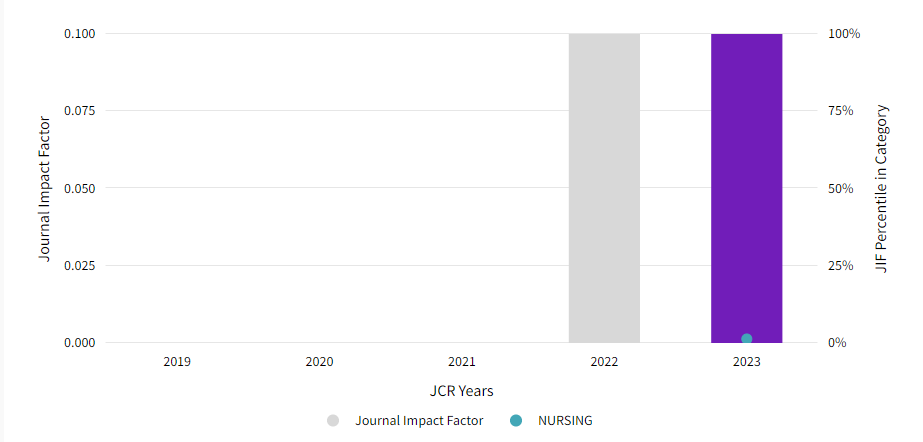Interpersonal relations between nursing-patient in the perspective of current violence / Relações interpessoais entre enfermeiro-paciente na perspectiva da violência atual
DOI:
https://doi.org/10.9789/2175-5361.rpcfo.v12.9103Keywords:
Relações Interpessoais, Relações Enfermeiro-Paciente, Comunicação, ViolênciaAbstract
Objetivo: refletir sobre a importância da relação interpessoal entre enfermeiro-paciente na perspectiva da violência atual. Métodos:trata-se de um estudo descritivo-reflexivo. As bases de dados utilizadas foram: Literatura Latino-Americana e do Caribe em Ciências da Saúde, National Library of Medicine, SCOPUS, Web Of Science e Cumulative Index to Nursing and Allied Health Literature, nos idiomas: inglês, espanhol e português, dos últimos dez anos. Resultados:emergiram três categorias: 1) A violência sofrida pelos profissionais da enfermagem no ambiente de trabalho; 2) A educação como ferramenta para minimizar a violência no trabalho e a 3) Cuidado de enfermagem a pessoas vulneráveis e expostas a violência. Conclusão:as relações interpessoais podem evitar que atos de violência sejam praticados no ambiente de trabalho, cabendo a própria instituição e os setores gerenciais capacitarem toda a equipe, utilizando a educação continuada como uma ferramenta eficaz para essa questão.
Downloads
References
Broca PV, Ferreira M de A. Communication process in the nursing teama based on the dialogue between Berlo and King. Esc Anna Nery - Rev Enferm. 2015;19(3):467–74. DOI: http://dx.doi.org/10.5935/1414-8145.20150062.
Lima MP, Oliveira J, Musse S. Violência sofrida pelos enfermeiros nas instituições de saúde: uma revisão da literatura. Ciências biológicas e de Saúde Unit. 2018;4 (3):161 72. Disponível em: https://periodicos.set.edu.br/index.php/cadernobiologicas/article/view/5171/273.
Hagopian EM, Freitas GF. Baptista PCP. Assédio moral no trabalho em enfermagem. Rev baiana enferm .2017; 31(1):e16588. DOI: http://dx.doi.org/10.18471/rbe.v31i1.16588.
Organização Mundial da Saúde. Global Status Report on Violence Prevention. [internert]. 2014; 561–5. Disponível em: http://www.who.int/iris/handle/10665/145086.
Organização Mundial da Saúde. Relatório mundial sobre violência e saúde. Organ Mund da Saúde [Internet]. 2002;380. Disponível em: http://www.opas.org.br/wp-content/uploads/2015/09/relatorio-mundial-violencia-saude.pdf.
Freitas RJM, Pereira MFA, Lima CHP, Melo JN, Oliveira KKD. A violência contra os profissionais da enfermagem no setor de acolhimento com classificação de risco. Rev Gaúcha Enferm. 2017;38(3):e62119. DOI: http://dx.doi.org/10.1590/1983- 1447.2017.03.62119.
Oliveira RP, Nunes MO. Violência relacionada ao trabalho: uma proposta conceitual. DOI: http://www.scielo.br/scielo.php?script=sci_arttext&pid=S0104-12902008000400004&lng=en. DOI: http://dx.doi.org/10.1590/S0104 12902008000400004.
Pedro DRC, Silva GKT, Lopes APAT, Oliveira JLCO, Tonini NS. Violência ocupacional na equipe de enfermagem: análise à luz do conhecimento produzido. Saúde em Debate. 2017;41(113):618–29. DOI: http://dx.doi.org/10.1590/0103-1104201711321.
Sabbath EL, Hurtado DA, Okechukwu CA, Tamers SL, Nelson C, Kim SS, et al. Occupational injury among hospital patient-care workers: What is the association with workplace verbal abuse? Am J Ind Med. 2014;57(2):222–32. DOI:10.1002/ajim.22271.
Purpora C, Blegen MA. Job satisfaction and horizontal violence in hospital staff registered nurses: The mediating role of peer relationships. J Clin Nurs. 2015;24(15–16):2286–94. DOI: 10.1111/jocn.12818
Angland S, Dowling M, Casey D. Nurses’ perceptions of the factors which cause violence and aggression in the emergency department: A qualitative study. Int Emerg Nurs [Internet]. 2014;22(3):134–9. DOI: http://dx.doi.org/10.1016/j.ienj.2013.09.005.
Morken T, Alsaker K, Johansen IH. Emergency primary care personnel’s perception of professional-patient interaction in aggressive incidents - A qualitative study. BMC Fam Pract [Internet]. 2016;17(1):1–6. DOI: http://dx.doi.org/10.1186/s12875-016-0454-7.
Casella SM. Therapeutic rapport: The forgotten intervention. J Emerg Nurs. 2015;41(3):252–4. DOI: 10.1016/j.jen.2014.12.017.
Brasil. Ministério da Saúde. Política Nacional de Educação Permanente em Saúde / Ministério da Saúde, Secretaria de Gestão do Trabalho e da Educação na Saúde, Departamento de Gestão da Educação em Saúde. Brasília: Ministério da Saúde, 2009. 64 p. (Série B. Textos Básicos de Saúde) (Série Pactos pela Saúde 2006; v. 9). Disponível em: http://bvsms.saude.gov.br/bvs/publicacoes/pacto_saude_volume9.pdf.
Brasil. Ministério da Saúde (MS). Série Pactos pela Saúde: Política Nacional de Educação Permanente em Saúde [Internet]. 2006. 65 p. Disponível em: http://www.saude.es.gov.br/download/PoliticaNacionalEducPermanenteSaude_V9.pdf
Salci MA, Maceno P, Rozza SG, Silva DMGV, Boehs AE, Heidemann ITSB. Educação em saúde e suas perspectivas teóricas: algumas reflexões. Texto Contexto Enferm, Florianópolis, 2013 Jan-Mar; 22(1): 224-30. Disponível em: http://www.scielo.br/pdf/tce/v22n1/pt_27.
Brasil. Ministério da Saúde. Secretaria-Executiva. Subsecretaria de Assuntos Administrativos. Educação Permanente em Saúde: um movimento instituinte de novas práticas no Ministério da Saúde:1ed. Brasília, 2014. p:120. Disponível em: http://bvsms.saude.gov.br/bvs/publicacoes/educacao_permanente_saude_movimento_instituinte.pdf.
Tölli S, Partanen P, Kontio R, Häggman-Laitila A. A quantitative systematic review of the effects of training interventions on enhancing the competence of nursing staff in managing challenging patient behaviour. J Adv Nurs. 2017;73(12):2817–31. DOI: 10.1111/jan.13351.
Anderzen-Carlsson A, Gillå C, Lind M, Almqvist K, Lindgren Fändriks A, Källström Å. Child healthcare nurses’ experiences of asking new mothers about intimate partner violence. J Clin Nurs. 2018;27(13–14):2752–62. DOI: 10.1111/jocn.14242.
Acosta DF, de Oliveira Gomes VL, Gomes GC, Da Fonseca AD, de Oliveira DC. Ethical and legal aspects in nursing care for victims of domestic violence. Texto e Context Enferm. 2017;26(3):1–9. DOI: http://dx.doi.org/10.1590/0104-07072017006770015.
Adamshick P. Support for At-Risk Girls: A School-Based Mental Health Nursing Initiative. J Holist Nurs. 2015;33(3):228–37. DOI: 10.1177/0898010114564683.
Sundborg E, Törnkvist L, Saleh-Stattin N, Wändell P, Hylander I. To ask, or not to ask: the hesitation process described by district nurses encountering women exposed to intimate partner violence. J Clin Nurs. 2017;26(15–16):2256–65. DOI: 10.1111/jocn.12992.
Fernandes MA, Lima GA, Silva JS. Listening therapy as suicide prevention strategy: experience report. Rev Enferm UFPI. 2018 Jan-Mar;7(1):75-9. DOI: https://doi.org/10.26694/2238-7234.7175-79.
Campos DB, Bezerra IC, Jorge MSB. Mental health care technologies: Primary Care practices and processes. Rev Bras Enferm [Internet]. 2018;71(Suppl 5):2101-8. [Thematic Issue: Mental health]. DOI: http://dx.doi.org/10.1590/0034-7167-2017-0478.
Published
How to Cite
Issue
Section
License
Copyright (c) 2020 JRFCO

This work is licensed under a Creative Commons Attribution-NonCommercial-NoDerivatives 4.0 International License.
TRANSFER AGREEMENT COPYRIGHT I transfer copyright of the article to the Journal of Care Survey is Fundamental - Online - RPCF, so it is accepted due to electronic publishing. The copyright includes the right to reproduce in whole or in part by any means, distributing that article, including figures, photographs, and any translations. The author can also print and distribute copies of your article, stating that since the rights belong to RPCF. I declare that this manuscript is original and has not been submitted for publication, in whole or in part to other online journals or not, so BMMC in the Annals of scientific events or book chapters.




























